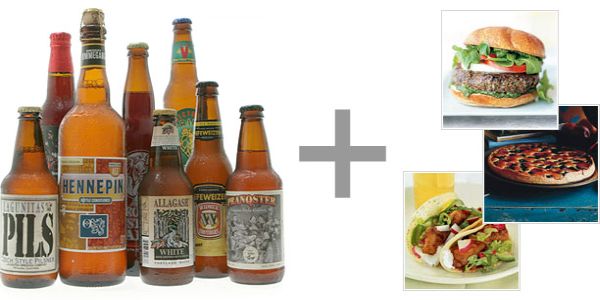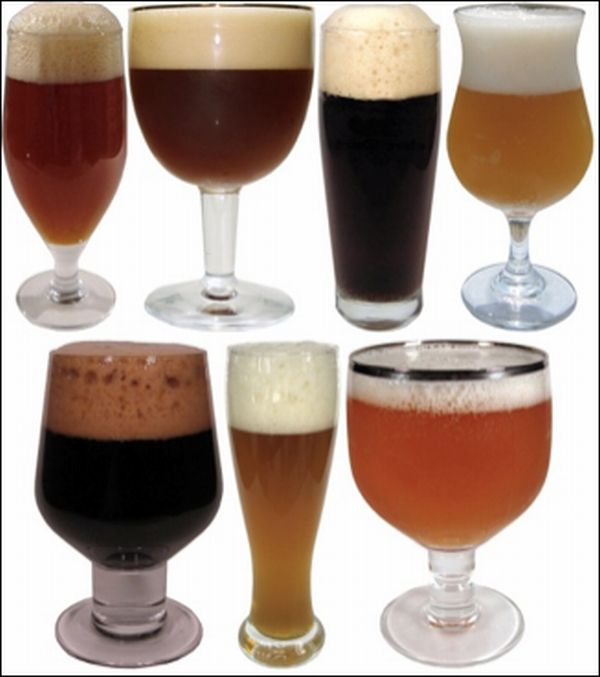
With so many varieties of beer available in the market, the options for beer lovers are vast and varied. Once the topic of discussion used to be the right food pairing with wine, but today people talk about beer in the same manner. Many restaurants today offer the right food options to be paired with the right kind of beer. In addition, we now often hear about beer and food tasting events along with beer festivals in almost every city, making beer a popular drink among all.
What makes beer an even more interesting drink over wine is the fact that unlike winemakers, beer makers don’t have to depend on just one ingredient. They can experiment with barley, hops, nuts, chocolate, fruits and so on. So we help you with a guide to resolve common beer and food pairing issues. Read on.
1. Complimentary or contrasting flavors
You could either pair a food item with a similar tasting beer, or experiment with completely contrasting flavors. For example, a spicy Indian dish or Thai food can be paired with a spice-flavored pale ale or a chocolate dish with a chocolate synchronization. The flavors would be pleasant without causing any confusion to both foods in this situation. Whereas, if you are going for contrasting flavors, make sure the flavours are still pleasing in some way or the other. For example, you could pair oysters with a dry and bitter stout where the natural sweetness of the shellfish would be cutting through the contrasting beer flavours. Doing contrasting flavours of sweet and salty also works great in some situations.
2. Comparing beer to wine
When comparing beer to wine, you could say that lager is like white wine, whereas ale is like red. While food pairing, the beer hops could work like the acids found in wine with both these qualities cutting through oil, fat and salt flavors in food. Like wine, there are three types of beer- light, medium and heavy and in general the norm is to pair light dishes with light beer and heavy flavored dishes with heavy beer.
3. Texture, temperature and timing
Get beers that have more carbonization as it can cut through fatty and fried foods, like a pizza, which is greasy and needs something fizzy that can break through the acids in the tomato sauce and fatty cheese. Stouts and porters may be too heavy, while wheat beer a bit too fruity and light. Lagers and ales are probably your best bet with the hops standing up to the cheese and the bubbles cleansing your palate. Coming to temperature, beer is undoubtedly the best when served chilled, between 40 and 50 degrees Fahrenheit to be apt. But ultimately it is the timing that needs to be right. When doing a wine pairing session for a full course meal, start with the lighter beer and move towards the darker ones. Doing this can assure that you do not overwhelm you palate while enjoying the soother subtle notes of some delicate beers.
4. Beware of simply matching the region
Just because a region has a particular beer, doesn’t always mean that it will pair well with their regional food. What you need to understand is that you should pair stronger and fruitier flavours with spicy and stronger food items, like an ale or wheat beer in particular. Whatever you choose, make sure it is cold as it would feel good against spicy, hot food.
5. Drink what you like
At the end of the day, drinking what you like is important. If you like fruity beer, then you will most probably like it with whatever you eat. Experiment as much as possible and find out the best possible options.




